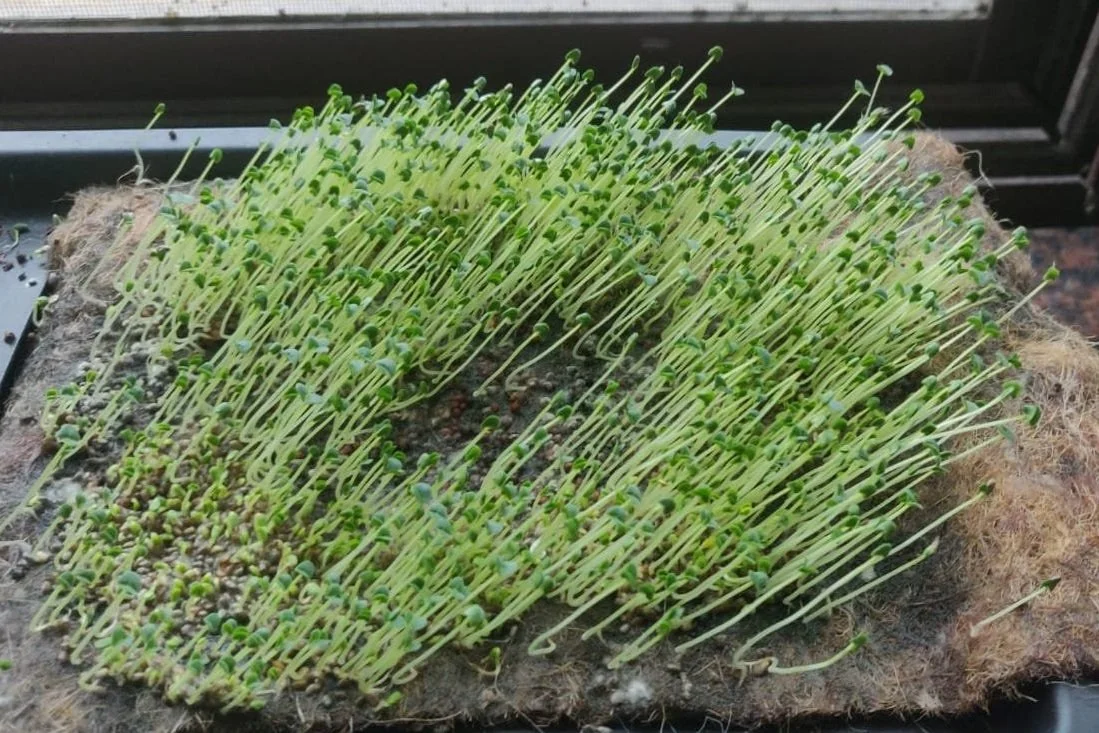Microgreens
Microgreens are small baby plants approximately 2-7 cms high. They are rich in flavour,aroma and have a very high nutrient concentration. These can be used after about 7-15 days of planting the seeds and after the leaves have come up.
Microgreens can be grown from all variety of seeds and many types of grains and pulses. Pulses like peas,chickpeas and lentils can be grown into Microgreens. Wheat Microgreens (also known as wheat grass)are considered to be the most healthy and a powerhouse of energy . Most commonly used are vegetable seeds like radish, broccoli, cabbage, arugula, beet root, spinach and cucumbers. Microgreens are very convenient to grow as they can be grown even in plastic containers with holes or a small pot or in special Microgreens containers.
Note: Using good quality soil and good seeds is important for the growth of good microgreens. Sunlight for a few hours and water is essential daily.
Benefits of Microgreens
The nutrient value of microgreens can be many times higher than the mature plants. Microgreens are rich in anti oxidants and thus beneficial in diabetes, Alzheimer’s and certain cancers. They can even reduce the risk of heart disease. They are rich in minerals like iron, zinc, magnesium and potassium. Microgreens help boost immunity as they have an abundance of poly nutrients, vitamins and living enzymes that prevent infections . The caloric content of microgreens is also low compared to the fully grown plant.
Using Microgreens
Microgreens can be used in salads, sandwiches,soups and wraps. They can be juiced or added to smoothies. Since the nutrients are concentrated,even a small quantity of microgreens is beneficial for health. They are best eaten raw and loose their nutrients if cooked.

